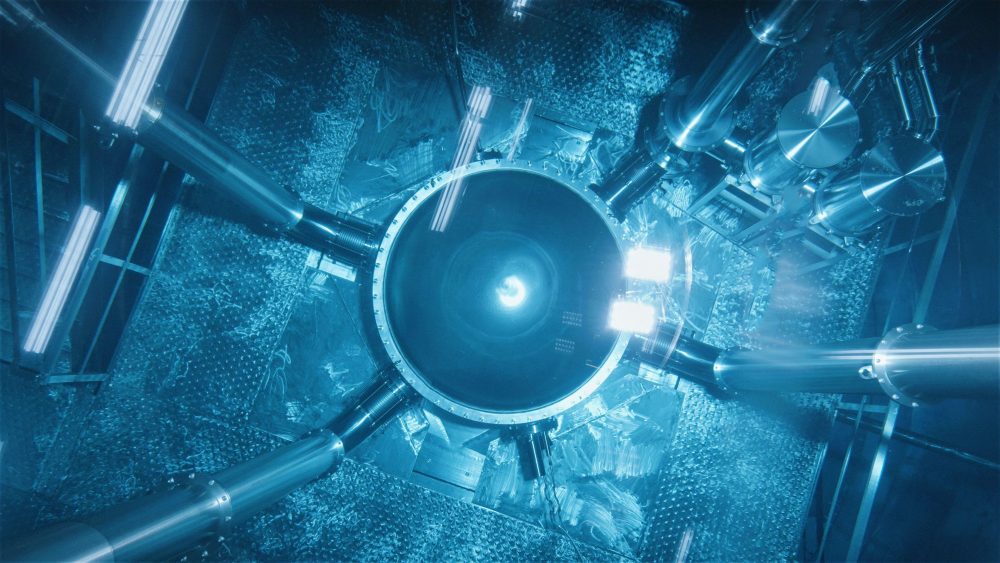Forget wormholes and black holes, the newest cosmic mystery might lie in a particle that links our universe to a fifth dimension. In a new study published in The European Physical Journal C, researchers propose a particle that could act as a “messenger” between our known reality and a hidden dimension, potentially solving one of science’s greatest puzzles: the nature of dark matter.
We live in a four-dimensional universe, three dimensions of space and one of time. But physicists have long suspected there’s more beneath the cosmic surface. The new model, developed by Adrián Carmona, Javier Castellano Ruiz, and Matthias Neubert, introduces a warped extra dimension (WED) where invisible particles could travel, creating what the authors call “a new portal to the dark sector.”
Dark matter makes up around 27% of the universe’s mass, yet it’s never been observed directly. It doesn’t emit or absorb light, but its gravitational pull keeps galaxies from flying apart. The new theory suggests that dark matter could consist of fermions, fundamental particles like electrons, that tunnel through a warped fifth dimension, leaving behind “dark matter relics” that shape the universe.
While this sounds like the premise of a Christopher Nolan film, it’s rooted in serious physics. The team’s equations, which extend beyond the Standard Model, emerged while studying how particles gain mass through the Higgs field. They discovered a new scalar field, similar to the Higgs, that behaves strangely along this extra dimension, a hint that something massive and unseen might be lurking beyond the 4D world we know.
“If this heavy particle exists,” the authors explain, “it would connect the visible matter we study with the constituents of dark matter.” In other words, this mysterious fermion could serve as a cosmic bridge, not just between particles, but between dimensions themselves.
Unfortunately, spotting it won’t be easy. Even the Large Hadron Collider, the machine that found the Higgs boson in 2012, isn’t powerful enough to detect such a heavyweight particle. Instead, scientists may have to rely on gravitational-wave detectors to catch the faint ripples it could leave behind in spacetime.
If confirmed, this discovery would rewrite our understanding of the universe, much as the early 20th-century realization that light can act as both a particle and a wave reshaped modern physics.
For now, the “portal” remains theoretical, but the message is clear: reality might be hiding a whole new dimension.


